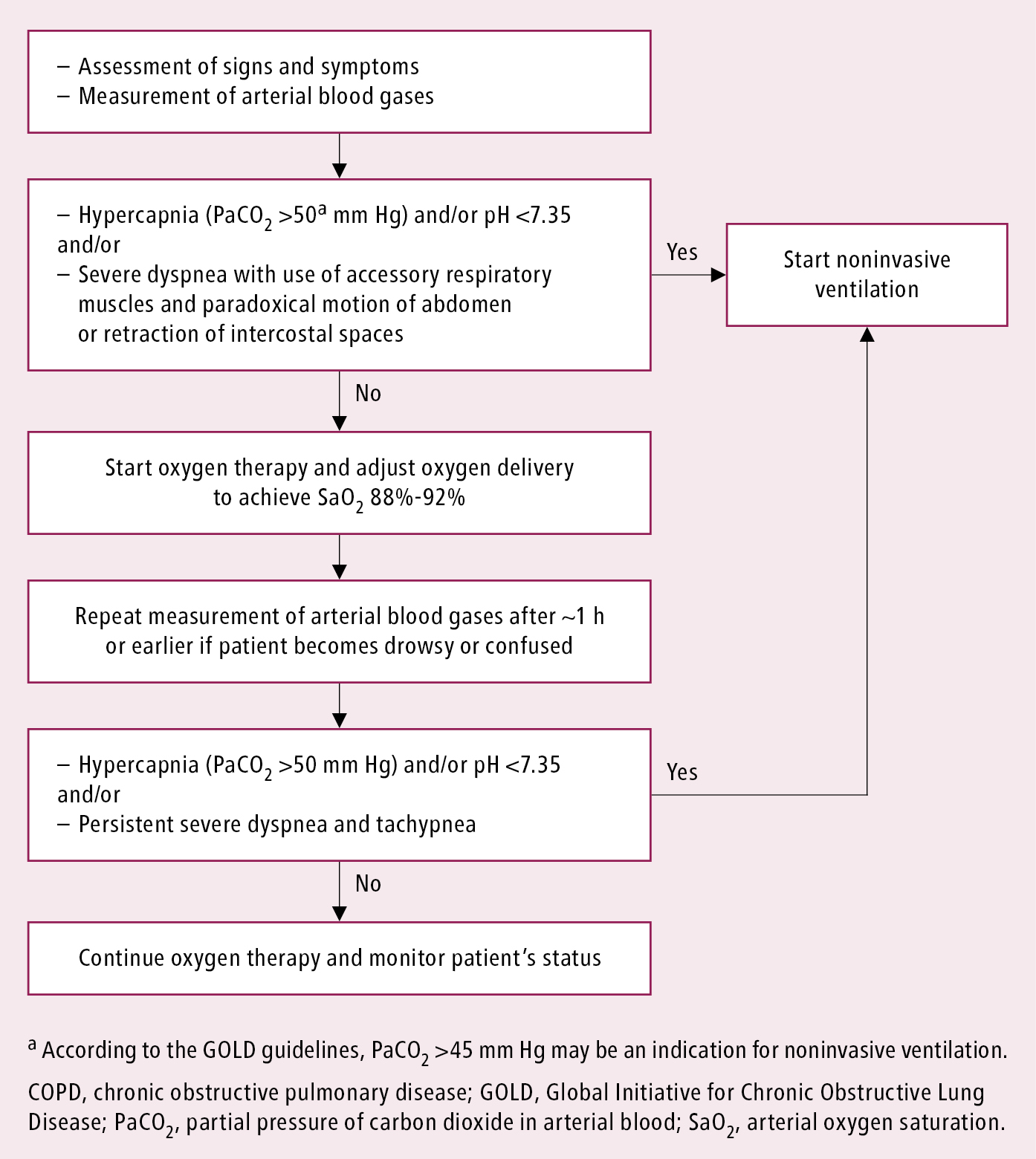

Some bacteria cause pneumonia with different symptoms or other characteristics than “typical” pneumonia. Many types of bacteria can cause pneumonia, but Streptococcus pneumoniae (also called pneumococcus bacteria) is the most common cause in the United States. Bacteriaīacteria are a common cause of pneumonia in adults. Medical Animation Copyright © 2020 Nucleus Medical Media Inc. This video shows how your immune system tries to get rid of germs in your respiratory system and how you develop pneumonia. You can also learn more about How the Lungs Work in our Health Topic. Inflammation can cause your air sacs to fill up with fluid and pus and cause the symptoms of pneumonia. Immune cells attack the germs and may cause inflammation of your air sacs, or alveoli. When these germs get into your lungs, your immune system, which is your body's natural defense against germs, goes into action. Sometimes germs, such as bacteria, viruses, or fungi, get into your lungs and cause infections. Most of the time your body filters germs out of the air that you breathe. If you have severe pneumonia, you may need to go to the hospital for antibiotics given through an intravenous (IV) line and oxygen therapy.Įxplore this Health Topic to learn more about pneumonia, our role in clinical trials, and where to find more information. If your symptoms get worse, you should see a doctor right away. It may take several weeks to recover from pneumonia. Treatment for pneumonia may include antibiotics or viral or fungal medicines. This information can help your doctor determine what type of pneumonia you have. To diagnose pneumonia, your doctor will review your medical history, perform a physical exam, and order diagnostic tests such as a chest X-ray. How serious your pneumonia is depends on your age, your overall health, and what is causing your infection.

Symptoms can range from mild to serious and may include a cough with or without mucus (a slimy substance), fever, chills, and trouble breathing. Bacteria, viruses, or fungi may cause pneumonia. It causes the air sacs, or alveoli, of the lungs to fill up with fluid or pus. Pneumonia is an infection that affects one or both lungs. Figure C shows alveoli filled with mucus. Figure B shows healthy alveoli (air sacs). Figure A shows pneumonia affecting part of the left lung.


 0 kommentar(er)
0 kommentar(er)
